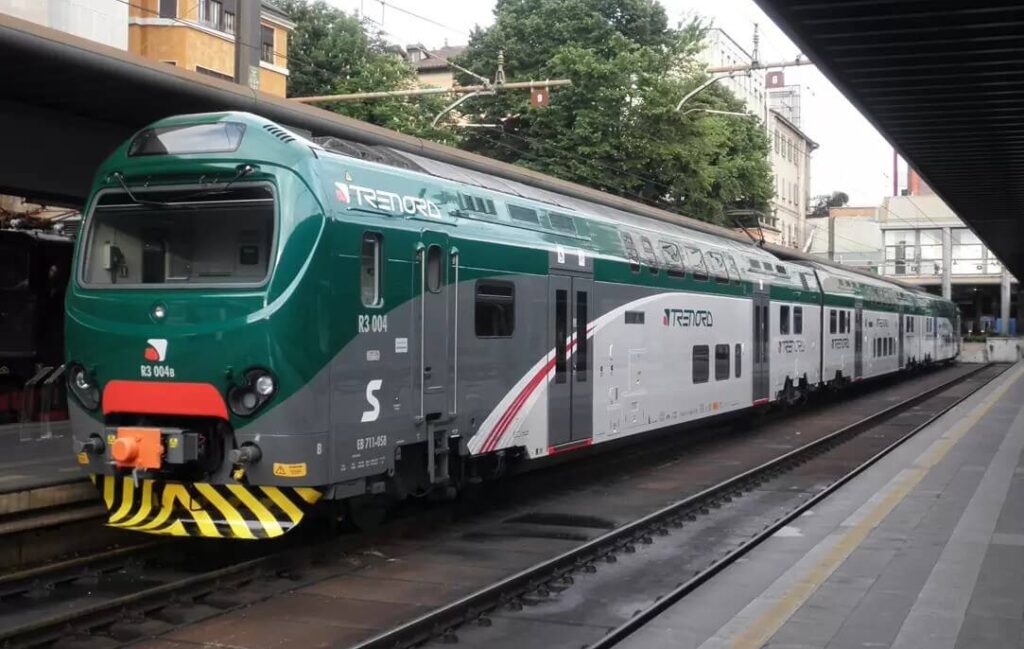Traveling Europe by train is one of the most memorable and scenic ways to explore the continent. With its vast network of high-speed trains, luxurious options, and local routes, rail travel in Europe offers an unforgettable experience.
From sweeping landscapes to historic cities, there is no better way to witness the diverse beauty of Europe than from the comfort of a train.
Whether you’re an adventure seeker or someone looking for a leisurely escape, this guide will provide you with useful tips, must-see routes, and practical advice to make your journey seamless and enjoyable. So pack your bags, grab your rail pass, and let’s dive into the world of traveling Europe by train.
Traveling Europe By Train: Where Should You Begin Your Journey?
When traveling Europe by train, selecting the right starting point is crucial for an easy and efficient journey.
Major hubs like Paris, Berlin, Amsterdam, and Vienna are popular gateways for train travel across the continent. These cities are strategically located to connect to many destinations, offering excellent rail connections to neighboring countries.
Paris is a perfect place to start your trip, with connections to almost every European destination. The city’s central location allows you to easily visit France, Belgium, Germany, and even the UK via the Eurostar.
Berlin and Vienna are great alternatives for those looking to explore central and eastern Europe, offering direct train routes to cities like Prague, Budapest, and Warsaw.
For those seeking a Mediterranean experience, Rome and Madrid are excellent departure points for train journeys that venture into Spain, Portugal, and southern Italy.
Choosing the right city will help you access the best routes and avoid unnecessary travel time.
How To Save Money With Rail Passes And Advance Bookings
One of the best ways to make traveling Europe by train more affordable is by using a rail pass. The Eurail Pass and Interrail Pass are excellent options for travelers who want unlimited access to the trains in several European countries.
These passes allow you to explore multiple cities and regions at a fixed price, saving you money on individual tickets. If you’re traveling through just one country, many countries also offer national passes, which can be a more affordable option.
If you’re planning specific routes or high-speed trains like Eurostar, Thalys, or TGV, booking your tickets in advance is a great way to save money.
Early bird tickets often come with significant discounts, allowing you to plan your journey well in advance. Also, many train operators offer special deals during off-peak seasons, so check ahead to find the best prices for your travel dates.
For flexible travel, it’s important to book your train tickets early to secure good deals and reserved seats, especially during peak seasons like summer and holidays.
Traveling Europe By Train: Scenic Routes You Shouldn’t Miss
One of the main highlights of traveling Europe by train is the scenic routes you get to enjoy along the way.
There are numerous train journeys that will take you through stunning landscapes, offering panoramic views of nature, mountains, lakes, and quaint villages. Some of the most popular and breathtaking scenic train routes include:
The Glacier Express (Switzerland): This iconic route connects Zermatt and St. Moritz, taking you through the Swiss Alps. Expect to see snow-capped mountains, lush valleys, and breathtaking views.
The Bernina Express (Switzerland to Italy): A UNESCO World Heritage route, the Bernina Express is known for its stunning journey through glaciers, lakes, and alpine landscapes, connecting Switzerland to northern Italy.
The Cinque Terre Line (Italy): Travel along the beautiful Ligurian coastline, passing through colorful seaside villages. The route is a feast for the eyes, offering spectacular views of the Mediterranean Sea.
The Trans-Siberian Railway (Russia): Although not limited to Europe, the Trans-Siberian Railway is one of the longest and most famous train routes in the world, stretching from Moscow to Vladivostok, with some options passing through European Russia.
These scenic routes allow you to enjoy the natural beauty of Europe while also providing a relaxing way to travel from one destination to the next.
Packing Smart For Long-Distance Train Travel Across Europe
Packing efficiently for long-distance train travel is key to ensuring your journey is comfortable. Unlike air travel, trains provide more space for luggage, but it’s important to pack light and keep your essentials handy. For longer trips, consider packing in layers as temperatures can change along the journey.
Pack a small, easy-to-carry suitcase or backpack, especially if you’ll be transferring between multiple trains or cities. Bring a power bank to charge your devices, and don’t forget your travel documents like passports and tickets, which you should keep within easy reach.
Comfortable clothing is essential for long journeys. Consider breathable materials and flexible layers to stay comfortable during your ride. A travel pillow and blanket can also come in handy if you’re on a longer train route, as well as snacks and drinks to keep your energy up.
Cultural Etiquette To Know While Traveling By Train In Europe
Cultural etiquette plays a significant role when traveling Europe by train, especially in different countries where train travel traditions may vary. Here are a few key tips to ensure a smooth and respectful experience:
Quiet zones: Many European trains have quiet carriages. When traveling in these areas, keep noise levels to a minimum and respect the need for peaceful environments.
Seat reservations: For most high-speed and international trains, seat reservations are required. Ensure you’re sitting in the correct seat by checking your ticket and confirming any reserved numbers.
Luggage storage: Store your bags in the designated areas to avoid blocking walkways or other passengers’ space. Make sure your luggage is secure and does not obstruct aisles.
Greetings: In some countries, it’s customary to greet fellow travelers with a simple “hello” or a smile. This can help create a friendly atmosphere, especially during longer journeys.
By being mindful of local customs and respecting your fellow passengers, you can make the most of your train travel experience in Europe.
See you in the next post,
Anil UZUN


